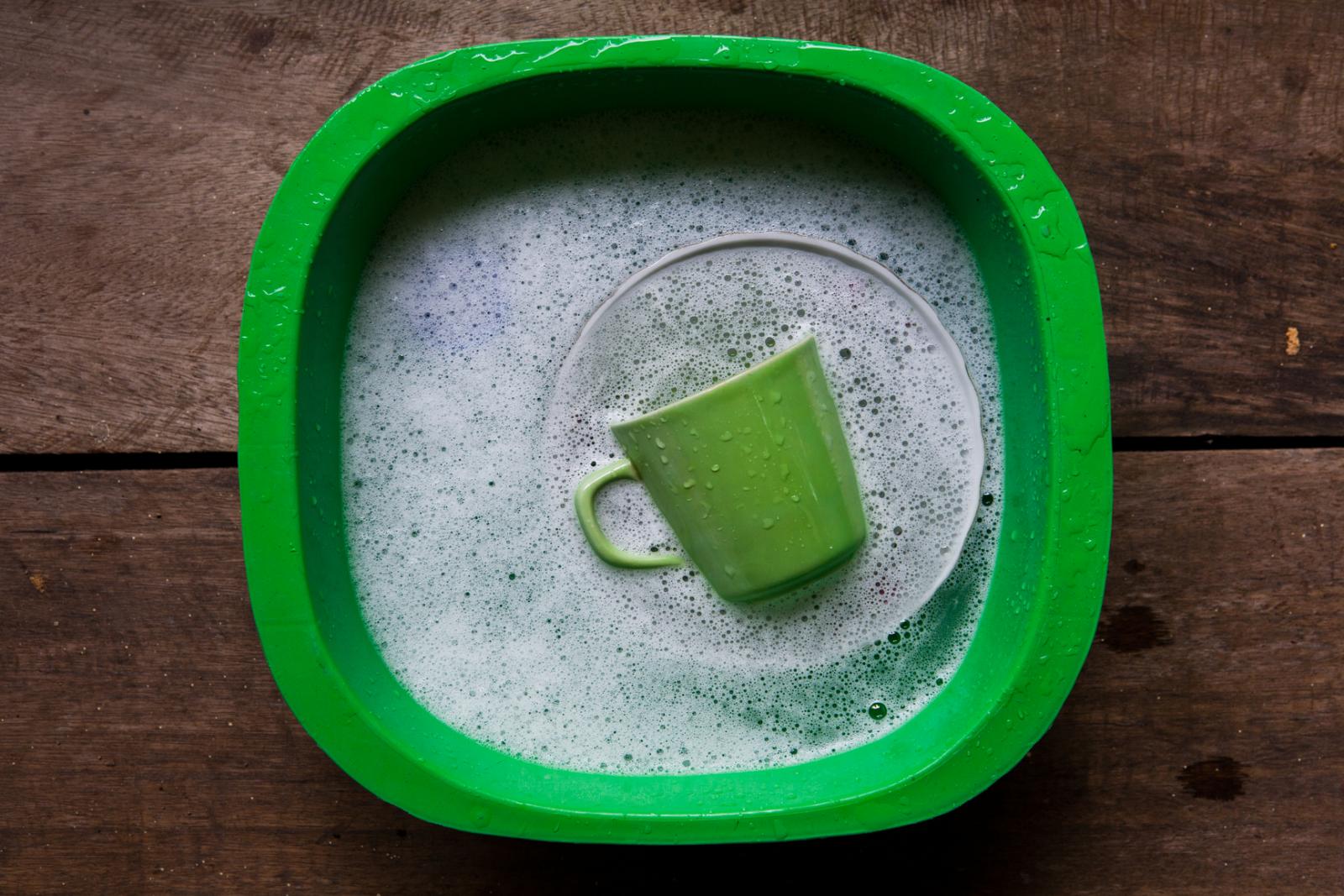There’s been a lot of discussion lately about sodium lauryl sulfate, aka SLS, and it’s use in home cleaning and personal care products. Here at Seventh Generation, we stand behind rigorous scientific research that supports that it is a safe and effective ingredient to use in home cleaning products. Here’s why:
What is sodium lauryl sulfate?
Sodium lauryl sulfate (SLS) is a surfactant that can have a variety of uses, but in cleaning products, it is often used to break water tension and attract dirt and grime away from the material it is intended to clean. We use SLS that is derived from coconut or palm kernel oil from renewable carbon plant-derived materials.
Why are people concerned about its use?
There has been a wide array of misleading information propagated about this ingredient over the years. Most of this information is not supported by the scientific community, with the exception of skin and eye irritation. While it is true that SLS in its raw form can be irritating to skin or eyes, when formulated properly and mixed with other ingredients, this risk can be decreased. Seventh Generation rigorously tests all of its products for safety, including those that contain SLS. Seventh Generation never tests on animals.
Another reason why you hear concerns about SLS or SLES has to do with contamination with the carcinogen, 1,4 dioxane. We do not use petroleum based ethoxylated surfactants or SLES which are commonly contaminated with this concerning chemical. Our 1,4 dioxane free, plant-derived SLS has an excellent environmental profile as its renewable carbon index is 100% It’s also biodegradable, and does not bioaccumulate in water or land.
What products do you use SLS in?
We use SLS in our dish liquid, laundry liquid, and some of our spray cleaners. We use Sodium Coco Sulfate (SCS) in our hand wash, which is a very similar ingredient to SLS.
What is the difference between SLS and Sodium Coco Sulfate (SCS)?
SLS and SCS are very similar ingredients. Both SLS and SCS contain the same sodium and the same sulfate - where they differ is SLS has a slightly shorter chemical chain length than SCS. What does that mean? Think of it like a chain of box cars on a train. SLS would be a train with 12 box cars, followed by an additional train with 14 box cars. SCS would have the same, a 12 box car train, followed by the 14 box car train just like SLS, but then an additional 16 car train follows. Therefore, SCS contains SLS within it, and then a little more.


